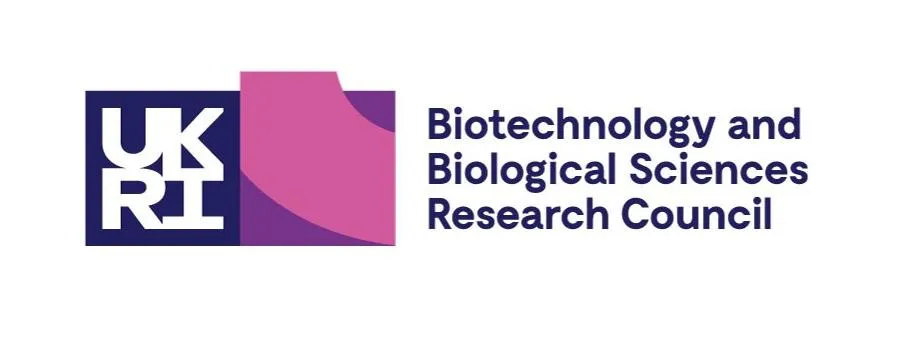The principal research aim of the Sutton group is to understand the molecular basis of allergy and asthma and to discover and exploit new targets for therapeutic intervention. The antibody IgE plays a key role, and its specific cell-surface receptors are part of a larger network of protein-protein interactions. Using X-ray crystallography and a variety of other biophysical techniques, the group is currently investigating the structures and functions of the components of the “IgE network” and the complexes that they form. A programme to identify small molecule inhibitors of these protein-protein interactions is also underway.
We have always had a broader interest in antibody structure and function, studying antibodies involved in auto-immune disease, and tracing the evolution of antibody structure through structural and functional analysis of avian IgY, the evolutionary precursor of mammalian IgG and IgE.
Another long-standing interest of the group is in the structures and mechanisms of action of enzymes responsible for antibiotic resistance, and here again, X-ray crystallographic studies are central to our research.
The X-ray studies are conducted both in-house and at the synchrotron Diamond Light Source.
The Sutton group is part of the Asthma UK Centre in Allergic Mechanisms of Asthma, and in addition to Programme Grant funding from both MRC and The Wellcome Trust, the group has been supported for many years by Asthma UK and has also received funding from BBSRC and EPSRC.
Our Partners

Biotechnology & Biological Sciences Research Council

The Engineering and Physical Sciences Research Council (EPSRC)



